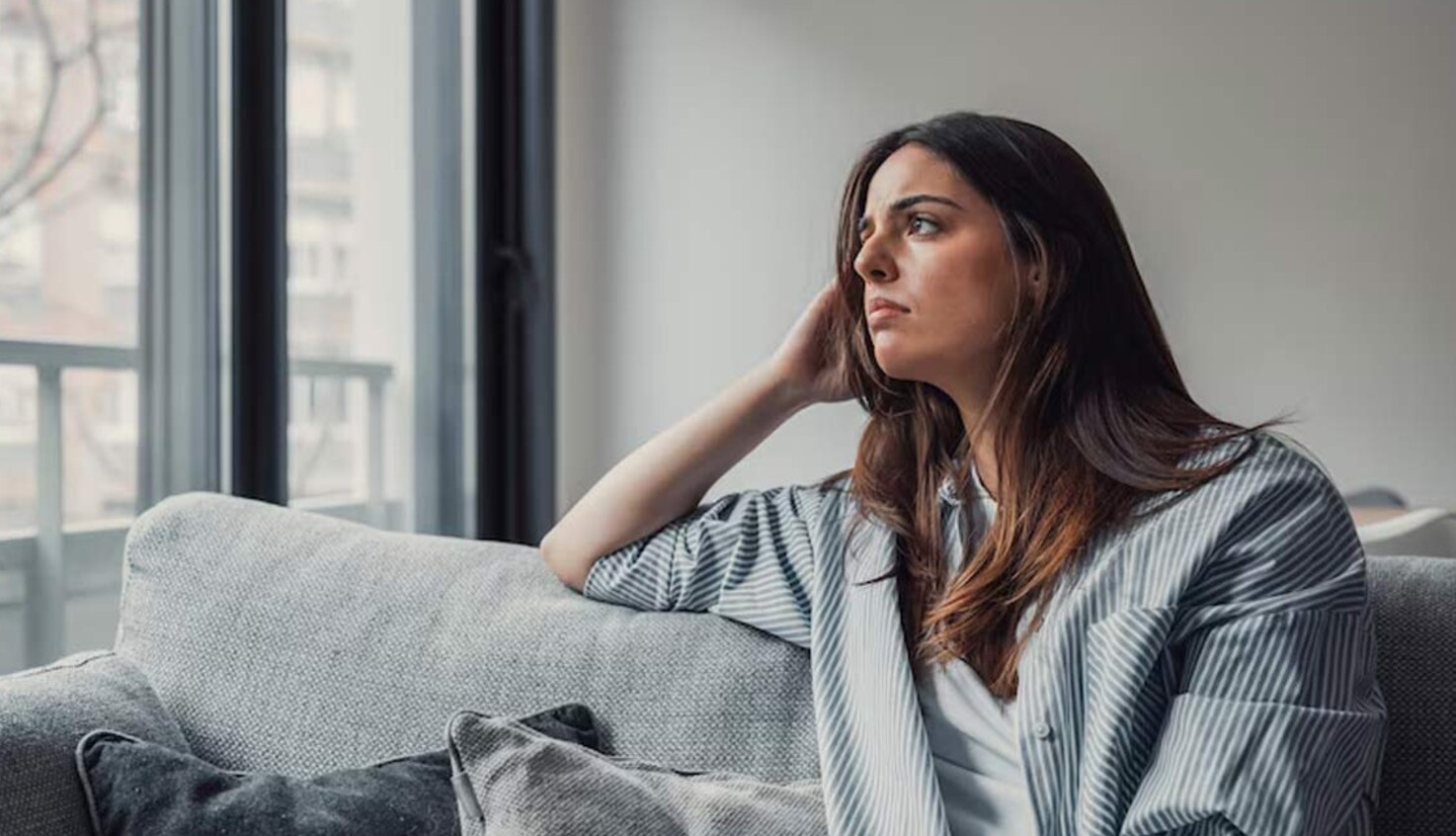ADHD In Women: Understanding Symptoms, Challenges, And Why It Is Often Misdiagnosed
by

Attention-Deficit/Hyperactivity Disorder (ADHD) is a developmental disorder that affects a person's behavior and ability to focus. Read this article to understand ADHD in women.
Attention-Deficit/Hyperactivity Disorder (ADHD) has long been stereotyped as a childhood condition, often associated with hyperactive boys. However, for countless women, ADHD remains an invisible force shaping their lives, often misdiagnosed or ignored entirely. Unlike men, women face hormonal fluctuations, societal pressures, and emotional burdens that intensify ADHD’s challenges. These factors not only affect their daily functioning but also contribute to a higher risk of anxiety, depression, and other mental health issues. By shedding light on the nuances of ADHD in women, we can break the cycle of underdiagnosis and provide the support they desperately need.
To understand ADHD in women, OnlyMyHealth interacted with Dr Sandra Kooij, Professor of Adult ADHD, Amsterdam University Medical Center, Netherlands, and Jo Ostlund, Director, Pearson Clinical.
The Impact of ADHD on Women’s Mental Health
Dr Kooij said, “Women with ADHD are significantly more prone to anxiety and depression.” These conditions may arise as a consequence of ADHD symptoms, or they could co-occur independently. ADHD can magnify everyday challenges, such as organisation, focus, and time management, leading to chronic stress, feelings of inadequacy, and burnout.
Dr Kooij said that women often internalise their struggles, resulting in a mental health landscape where anxiety and depression thrive. Moreover, women with ADHD frequently experience premenstrual mood changes and are more vulnerable to Seasonal Affective Disorder (SAD), particularly in regions with limited daylight. The cyclical nature of hormonal changes intensifies these mood disruptions, making ADHD a deeply layered condition for many women.
Hormonal Cycles and ADHD Symptoms

Hormones play a pivotal role in ADHD symptom expression among women. According to Dr Kooij, oestrogen, which interacts closely with dopamine, a neurotransmitter already deficient in individuals with ADHD, directly affects mood, memory, and cognitive abilities. During significant hormonal shifts, such as the premenstrual, postnatal, and perimenopausal phases, ADHD symptoms can spike.
Women with ADHD report a two- to threefold increase in mood-related symptoms during these periods due to the steep drop in oestrogen levels. “Perimenopause, which involves a prolonged decrease in oestrogen, poses particularly severe challenges as hormonal levels never fully recover. These fluctuations not only exacerbate ADHD symptoms but also impair emotional regulation, decision-making, and cognitive performance,” Dr Kooij said.
Misconceptions and Underdiagnosis
ADHD in women often goes unrecognised or is misdiagnosed due to widespread misconceptions. The condition is traditionally associated with hyperactivity in children, leading to a failure to identify the inattentive or internalised symptoms more commonly seen in females.
Screening for ADHD, particularly in adulthood or during perimenopause is essential. As Dr Kooij explains, distinguishing ADHD from menopausal symptoms requires identifying its childhood onset and lifetime persistence. Symptoms such as inattention, impulsivity, and mood swings can appear similar to menopausal complaints but stem from distinct neurodevelopmental origins.
Addressing ADHD Symptoms in Women
Treatment strategies tailored to women with ADHD can significantly alleviate their challenges. Dr Kooij emphasised the importance of both medication and hormonal interventions. Adjusting stimulant ADHD medications during premenstrual phases can reduce depression, while hormone replacement therapy may address mood swings, hot flashes, and related physical symptoms.
In addition to medical treatments, Jo Ostlund talked about the import
Breaking Barriers and Raising Awareness
The lack of awareness about ADHD in women perpetuates underdiagnosis, depriving many of effective treatment. By understanding the interplay of ADHD, hormones, and mental health, healthcare providers can create more comprehensive diagnostic and treatment frameworks.
ADHD is not just a childhood condition or a male-dominated disorder, it is a lifelong challenge for many women. Recognising the unique ways it manifests in women is essential for fostering greater empathy, support, and solutions. Raising awareness and providing timely interventions can help women with ADHD lead more balanced and fulfilling lives.
ance of holistic approaches, including cognitive behavioural therapy (CBT) and mindfulness practices, which can help women manage their symptoms and improve emotional regulation.
About Pearson
At Pearson, our purpose is simple: to add life to a lifetime of learning. We believe that every learning opportunity is a chance for a personal breakthrough. That’s why our c. 18,000 Pearson employees are committed to creating vibrant and enriching learning experiences designed for real-life impact. We are the world’s leading learning company, serving customers in c.200 countries with digital content, assessments, qualifications, and data. For us, learning is not just what we do. It’s who we are.
Visit us at: www.pearsonplc.com
For more information, please contact: Bhavya Suri, PR & Corporate Affairs,
Pearson India & MENA - bhavya.Suri@pearson.com


